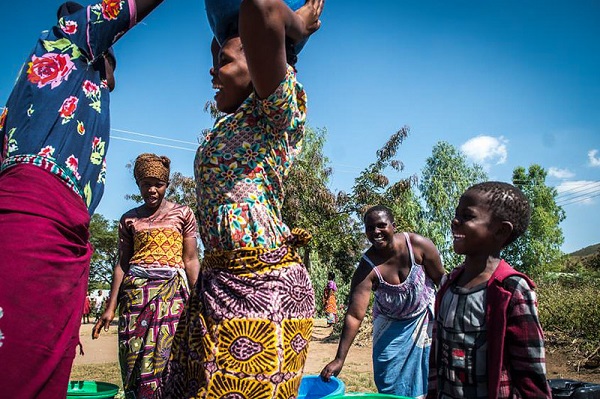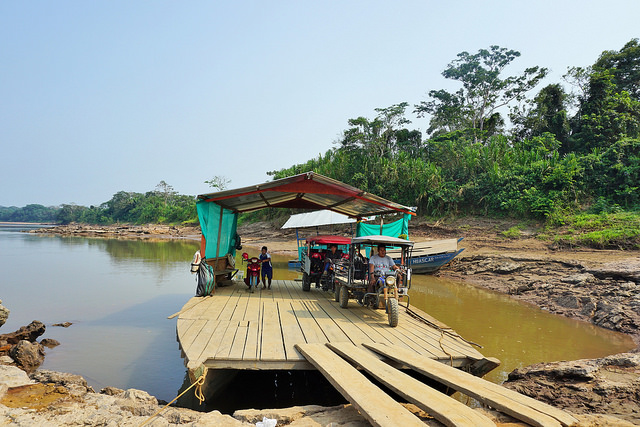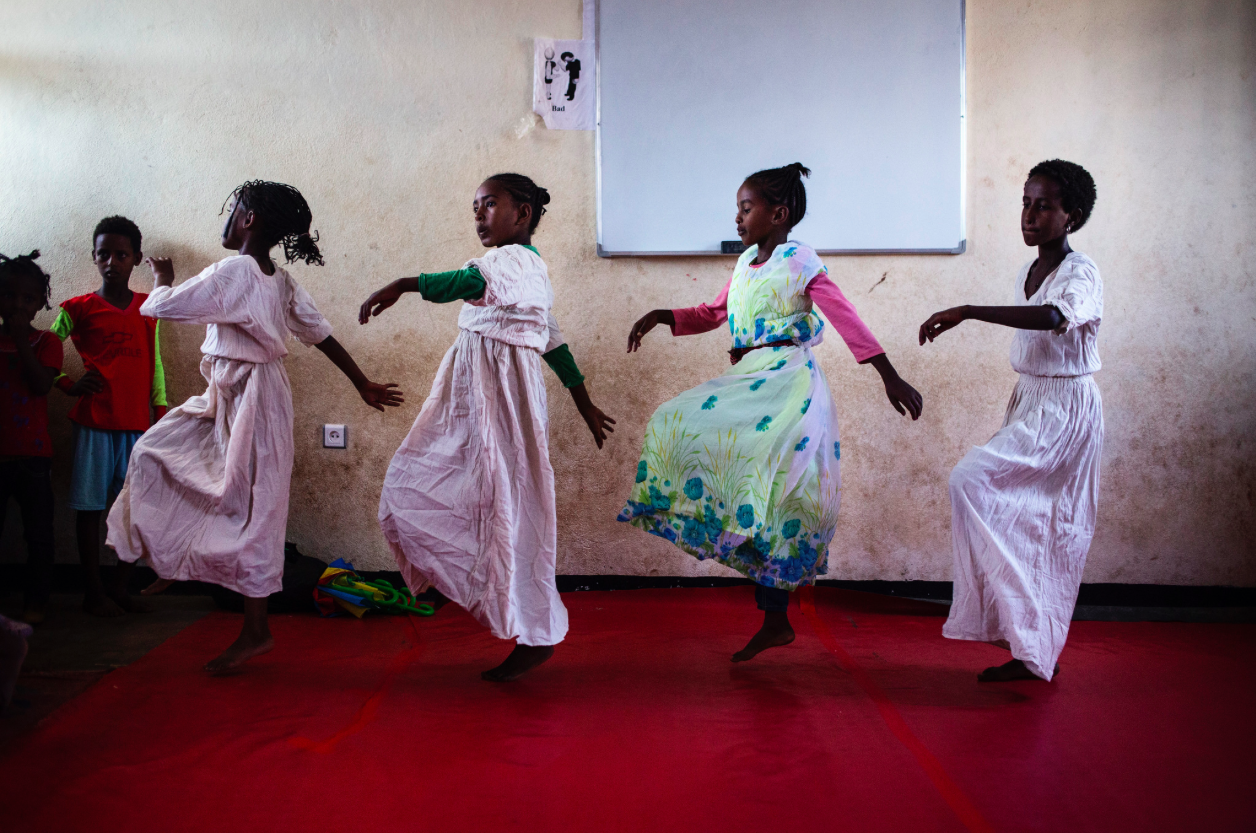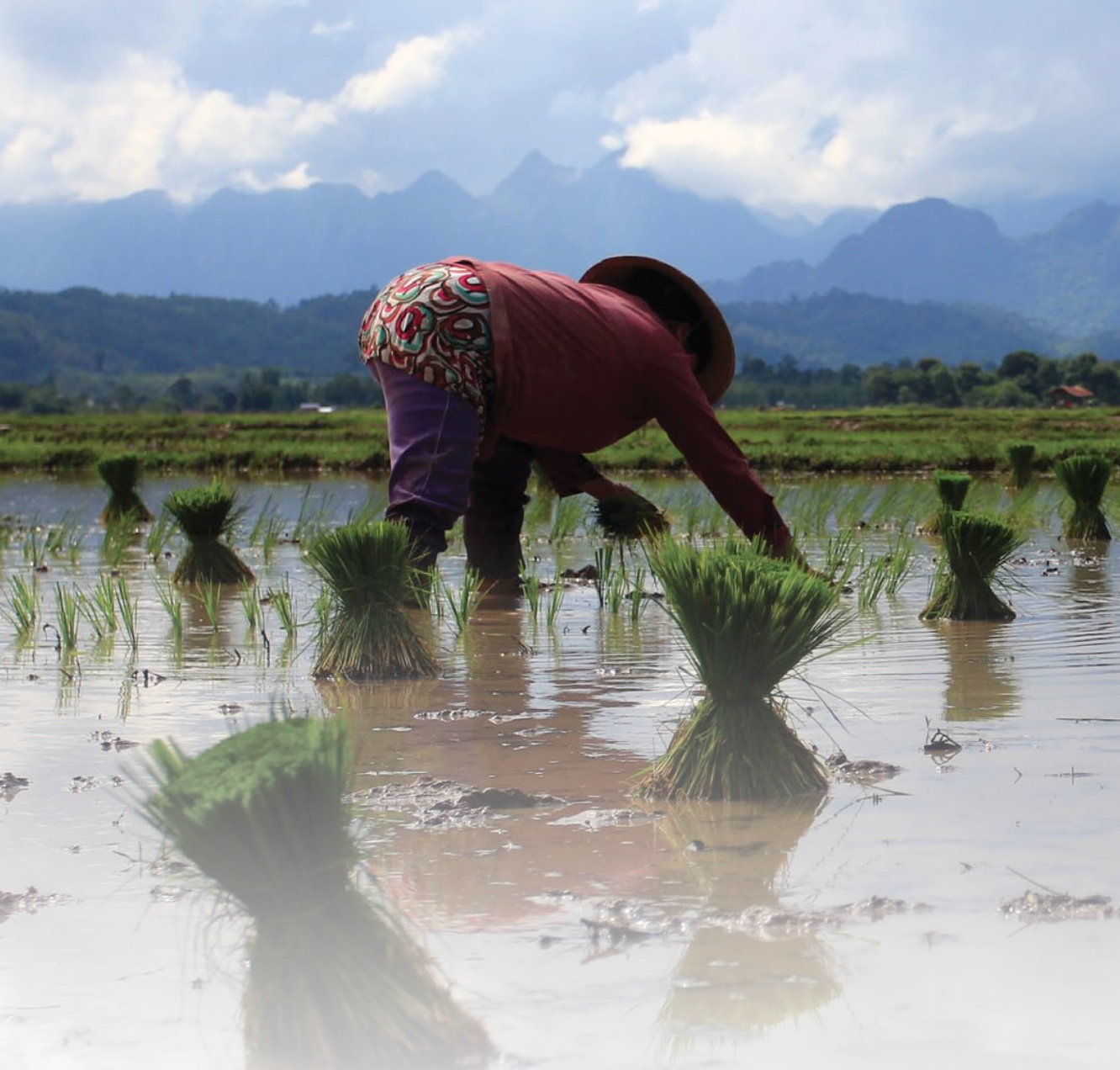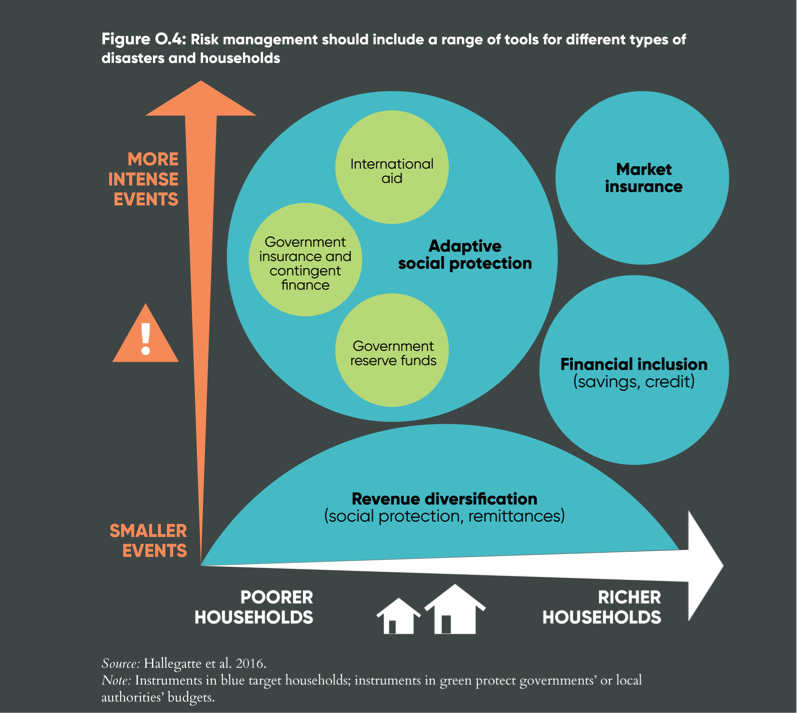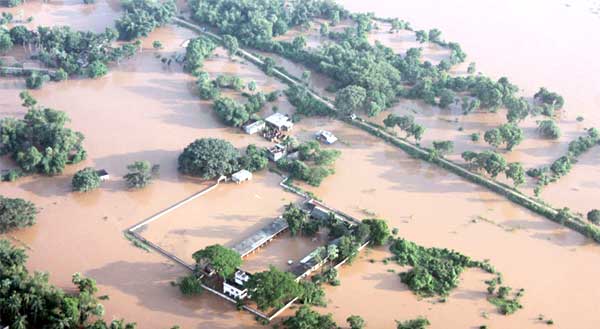vulnerable groups
Malawi’s Youth Perspective on COP26 and its Outcomes
Read about the expectations youths from Malawi had towards COP26 and their reactions to outcomes from the event.
IPCC Special Report on 1.5°C highlights challenge to achieve climate stability and end poverty
This CDKN blog describes why we must heed the IPCC's 1.5°C Special Report and prevent further climate change that will harm the most vulnerable people.
Should resilience-building projects (always) be socially acceptable?
This paper asks "What makes humanitarian and development projects socially acceptable?" It combines various sources to gain insight into people’s lived experiences of (trying) to build resilience.
The Consolidated Livelihoods Exercise for Analyzing Resilience (CLEAR) approach
The Consolidated Livelihood Exercise for Analyzing Resilience (CLEAR) is an analytical approach developed by WFP to better understand how food security is affected by climate risks.
Webinar: How to make poor people less vulnerable to (climate change related) natural disasters
In this webinar Stephane Hallegatte explores the link between extreme weather and extreme poverty that underscores the urgency for policies that better protect the world’s most vulnerable.
Flood-Exposure is Associated with Higher Prevalence of Child Undernutrition in Rural Eastern India
Climate change threats to rural India: Flooding linked to child undernutrition, particularly child wasting. Repeated flooding was associated to 3 times higher prevalence of severe wasting.
